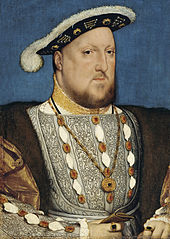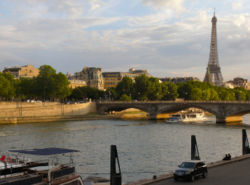Pierre’s Journey to Florida
In his new novel Pierre’s Journey to Florida, author Thomas Tozer brings history to life in a tale about a young French Huguenot, named Pierre de Bré. The book, in the genre of historical fiction, was narrated in 1703 by Jean-Louis Hardouin, Pierre’s great-great-grandnephew, based on diaries kept in the family and written by Pierre 130-135 years before. The diaries begin at the time when the persecution of Huguenots, French Calvinists, becomes violent and the Huguenots become political pawns in settling Nouvelle (New) France, a region the Spanish claimed as “La Florida”. The French settlers and the Spanish have many encounters and in some of them the French are extensively massacred, indeed almost annihilated. Pierre and his little sister, Dominique, survive when their French colony, Fort Caroline, is attacked by the Spanish. They escape to the Indian village of Alimacani, where his Indian friend, Honoso, who is about his age, lives. There he loses his little sister, learns the beliefs and customs of his new community of Timucuan Indians and takes an active part in the daily activities of his newly adopted family.
After Pierre had lived with the Timucua for nearly three years, a Frenchman by the name of Dominique de Gourgues arrives to avenge the previous massacres of the French. After obtaining his revenge at Fort Caroline and at neighboring forts, and returning to France, Pierre and de Gourgues find that the war between Huguenots and Catholics has intensified. Pierre moves to Paris where life continues to be difficult for him and where he meets his end, but the story of the de Bré family is not over as Jean-Louis continues to tell the story of his family during the tumultuous religious upheavals of the subsequent French Wars of Religion.
The author’s motivation for writing his book comes from four distinct sources: a visit to St. Augustine, Florida, where he became captivated with the early contribution of the French Huguenots to the founding of the United States; knowledge that Huguenot ancestors on his mother’s side came to the United States from France in the late 17th century; visiting most of the places in France and Florida mentioned in the book; and going to elementary and high school with numerous Native Americans.
The book is an action-packed story that should be of interest to anyone fascinated by original Native American cultures or with a curiosity about the historic events leading to the settling of North America. Copies of the book may be obtained at Amazon.com or Barnesandnoble.com


